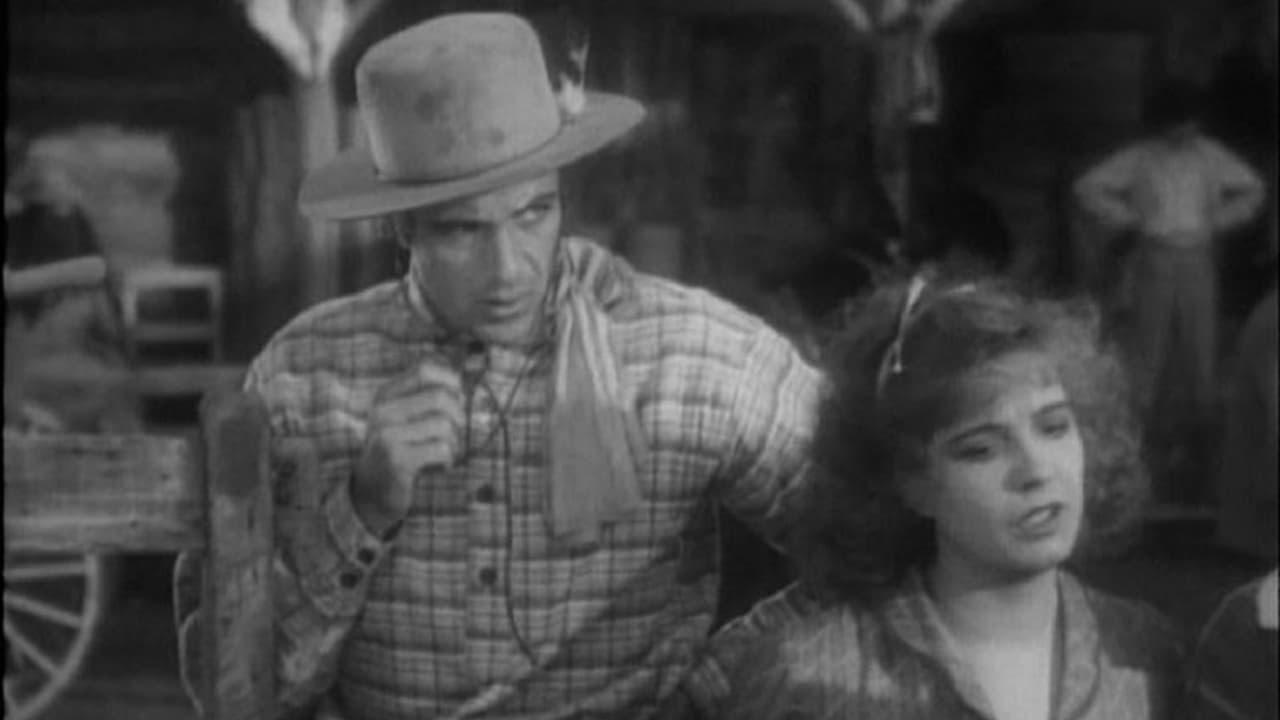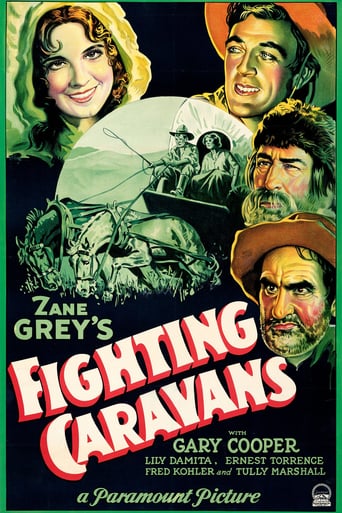

Purely Joyful Movie!
... View MoreBetter Late Then Never
... View MoreThe movie turns out to be a little better than the average. Starting from a romantic formula often seen in the cinema, it ends in the most predictable (and somewhat bland) way.
... View MoreIf you're interested in the topic at hand, you should just watch it and judge yourself because the reviews have gone very biased by people that didn't even watch it and just hate (or love) the creator. I liked it, it was well written, narrated, and directed and it was about a topic that interests me.
... View MoreOK, so why do I mention that it's pre-code? Well, how many pre-1965 westerns have white men getting hooked up with Native American women as a GOOD THING? How about the line where "Indians have no use for blond women"? Even having a foreigner getting hitched to all-American Gary Cooper in the West could be frowned upon in some circles in the 1930's. So, we have a pre-code western here. I love pre-code films just to catch a line or so that is not considered family friendly. I happen to watch a lot of different media, with pre-code old films being one of my interests for entertainment, I also watch adult themed cartoons like Family Guy. On the Cartoon Channel at night they play mature cartoons and one of them is called "The Venture Brothers". In that show they have a spoof of an elderly Sean Connery superhero and I swear that Ernest Torrence (who steals the show here) was the inspiration for the character and the voice! Seems like some off coloured jokes going on but I could be wrong. I give it a 7, highlights are pre-code and higher production standards then a B flick. However, the audio is often bad and the version I watched looked really chopped up on Retro TV. Probably not a good thing to give it a higher rating, it's no The Searchers but was fun and my wife even was into it, so maybe a good date flick for an old western film. 7 of 10.
... View More"Fighting Caravans", while an "A" picture in presentation, is a "B" picture in spirit. Even allowing for the fact that talkies had only been around for a few years when this film came out in 1931, it's still very much rooted in silent-era melodrama, even though some comedy scenes between veterans Ernest Torrance and Tully Marshall are injected in an attempt to lighten things up. Gary Cooper is effective, if still a bit hesitant in delivering his lines, and his love interest Lili Damita is pretty and sexy but wildly miscast and not up to the job. The film had two directors, and it's painfully obvious which one did what--David Burton, a Russian émigré brought out from the Broadway stage, directed the non-action scenes and his background shows in the unimaginative staging (this was only his third film as a director) and overexaggerated acting. Co-director Otto Brower was an action specialist and second-unit director, and while he did some excellent work later in his career (he worked on 1946's "Duel in the Sun", 1944's "Buffalo Bill" and 1939's "Jesse James", among dozens of others), the climactic Indian attack in this film is actually pretty ineptly staged; although there are a lot of Indians riding around, whooping and getting shot off their horses, it's not particularly exciting or even involving and, in addition, is very poorly edited.If Paramount meant this picture to be its answer to "The Big Trail", "The Iron Horse" or "The Covered Wagon", it fails badly. It has its moments (there's a good bar brawl about halfway through the picture) and Torrance and Marshall work well together, but all in all, it's just a "B" picture in everything but budget, and not as good as many others that cost far less. Worth a watch once, maybe, but not more than that.
... View MoreQuick and amusing dialogue, fun characters, great location shooting, and high production values for the time, I was very happy to stumble upon this wonderful old film. I found it thoroughly entertaining.Seeing the charismatic glow of a skinny young Gary Cooper makes me regret that he adopted such a dull and wooden persona later in his career.A lot of the negative critiques of this film here seem to be based on superficial criticisms of the look and pacing of movies of this era, and not with the movie itself. If a movie is engaging, one soon gets used to the shortcomings of the time when early talkies were still finding their way with dialogue delivery and pacing. In fact, I thought they did a pretty good job here. While it is somewhat episodic, the performances are sensitive, and it does give us a rich and convincing glimpse of the wagon train era, even with the white man's simplistic perspective of Native American culture.
... View MoreThe main flaw to this movie is Gary Cooper. He was a great actor, but in this film appears to be in a not-yet-mature stage in his career. Cooper plays a lanky happy-go-lucky cowboy, who can turn the wrong direction or the right direction at this point in his young life. The heroine is a tough woman, but who still has a woman's heart. She can be very tough, but still expects to be treated right by a man. Instead of seeing what a great wife and partner for life she would be, Cooper's character struggles with many dilemmas before choosing this path. The best characters in the film are two older men, who are scouts. They are a dying breed and the coming of the railroad threatens to destroy their livelihoods. They are very selfish and want to keep their young apprentice (Cooper) under their wings. They try everything to destroy the budding romance between the hero and heroine. In the end, they realize that they have been fools, and decide that supporting the romance is after all the best solution. I liked the fact that the Native Americans were portrayed with some sensitivity. This was 1931. The main bad guy was white. While continuing some of the stereotypes about Native Americans - that they are brutal, the movie was at least light-hearted and comical, rather than pursuing an agenda of hatred towards the Native Americans. The ending was nice. Everybody finds love. Even an older man finds a Native American bride.
... View More